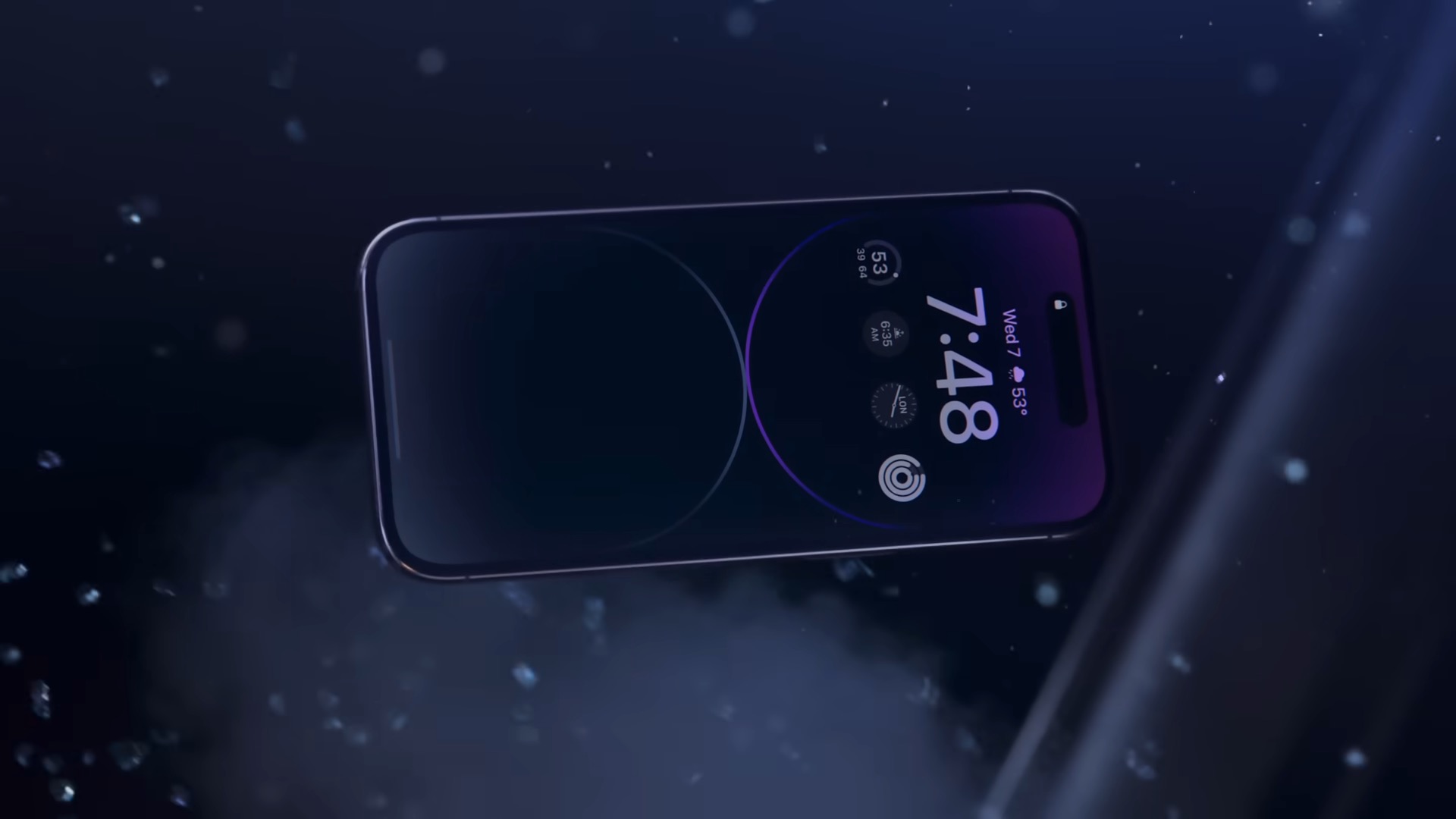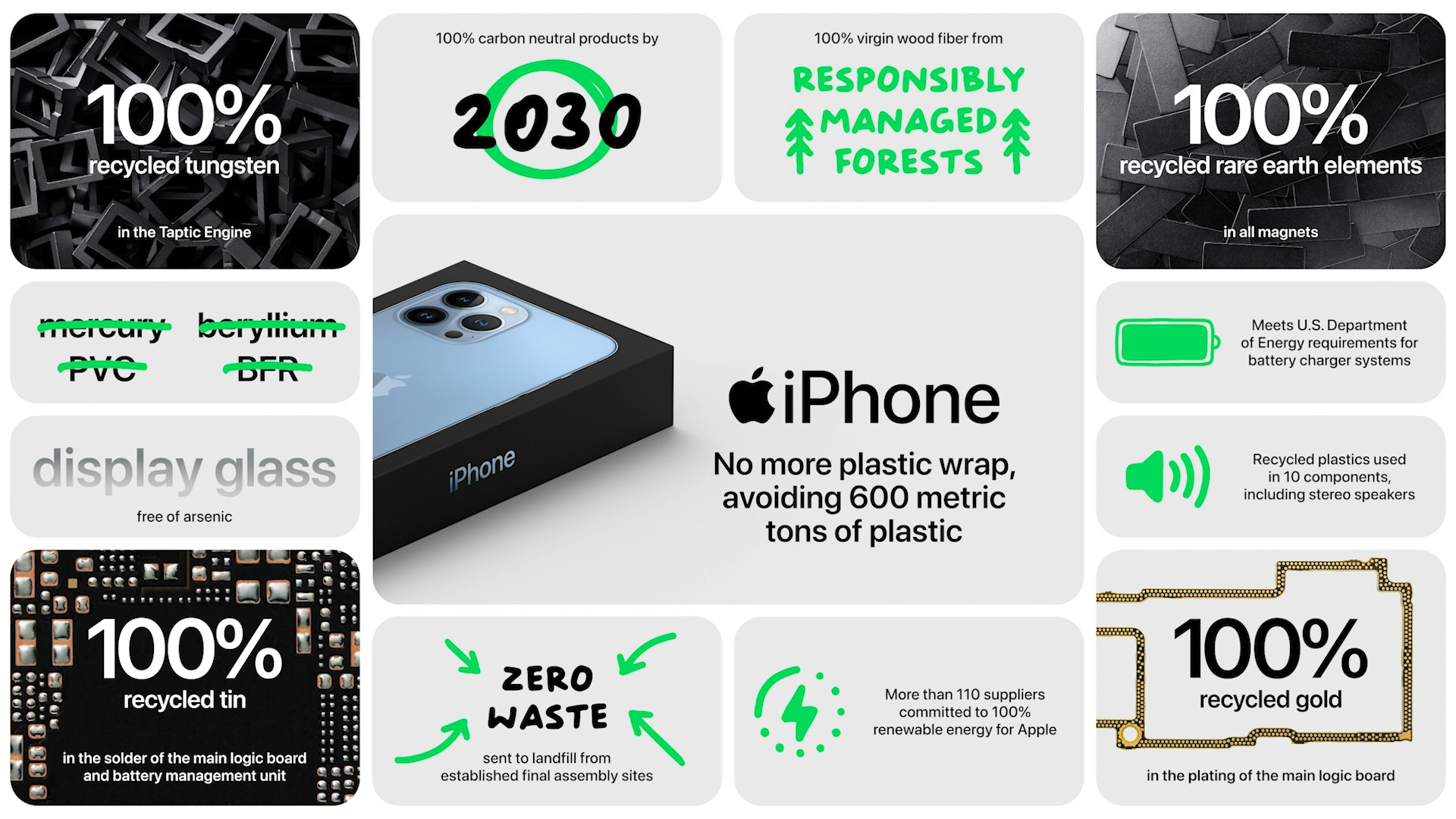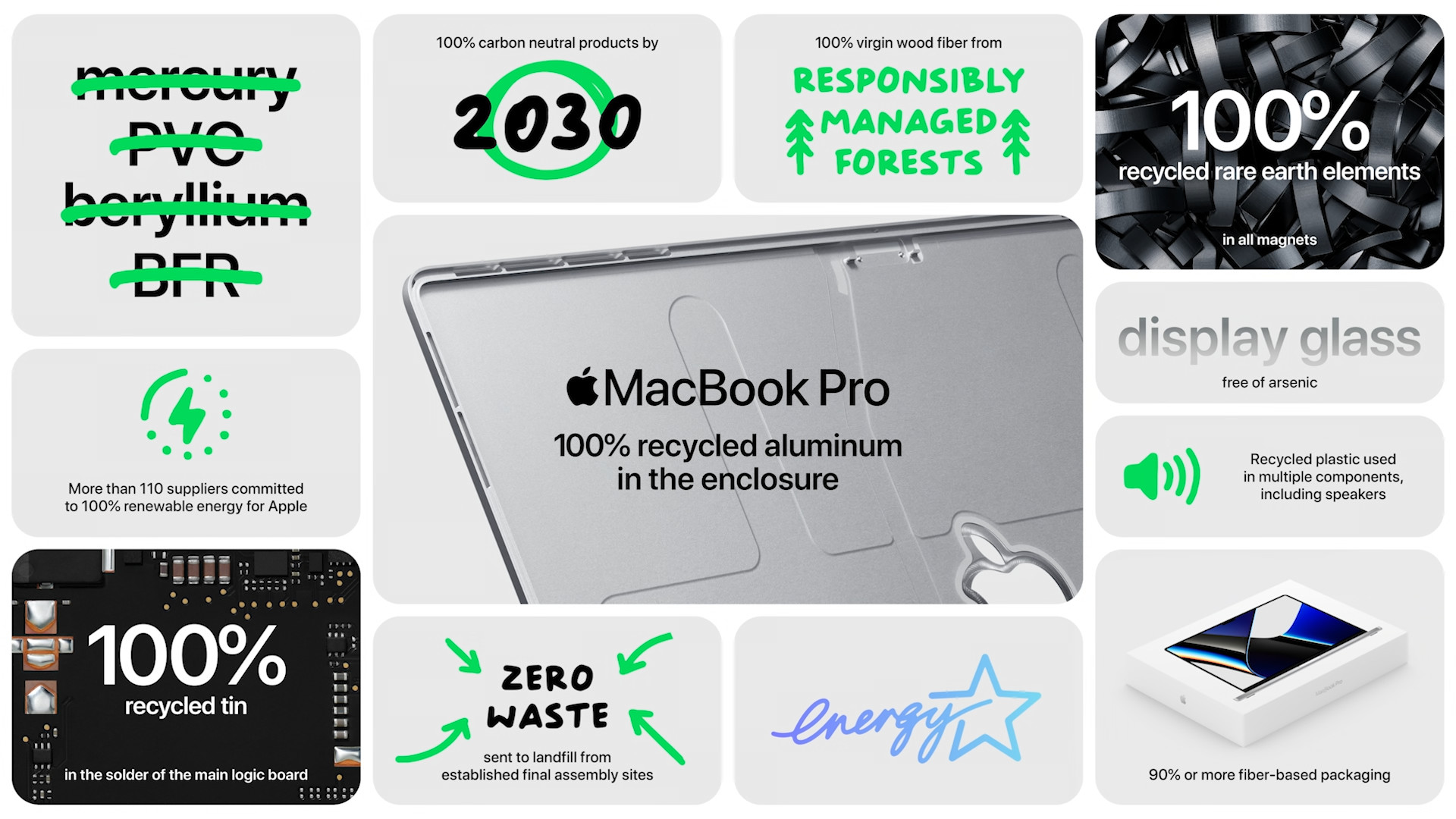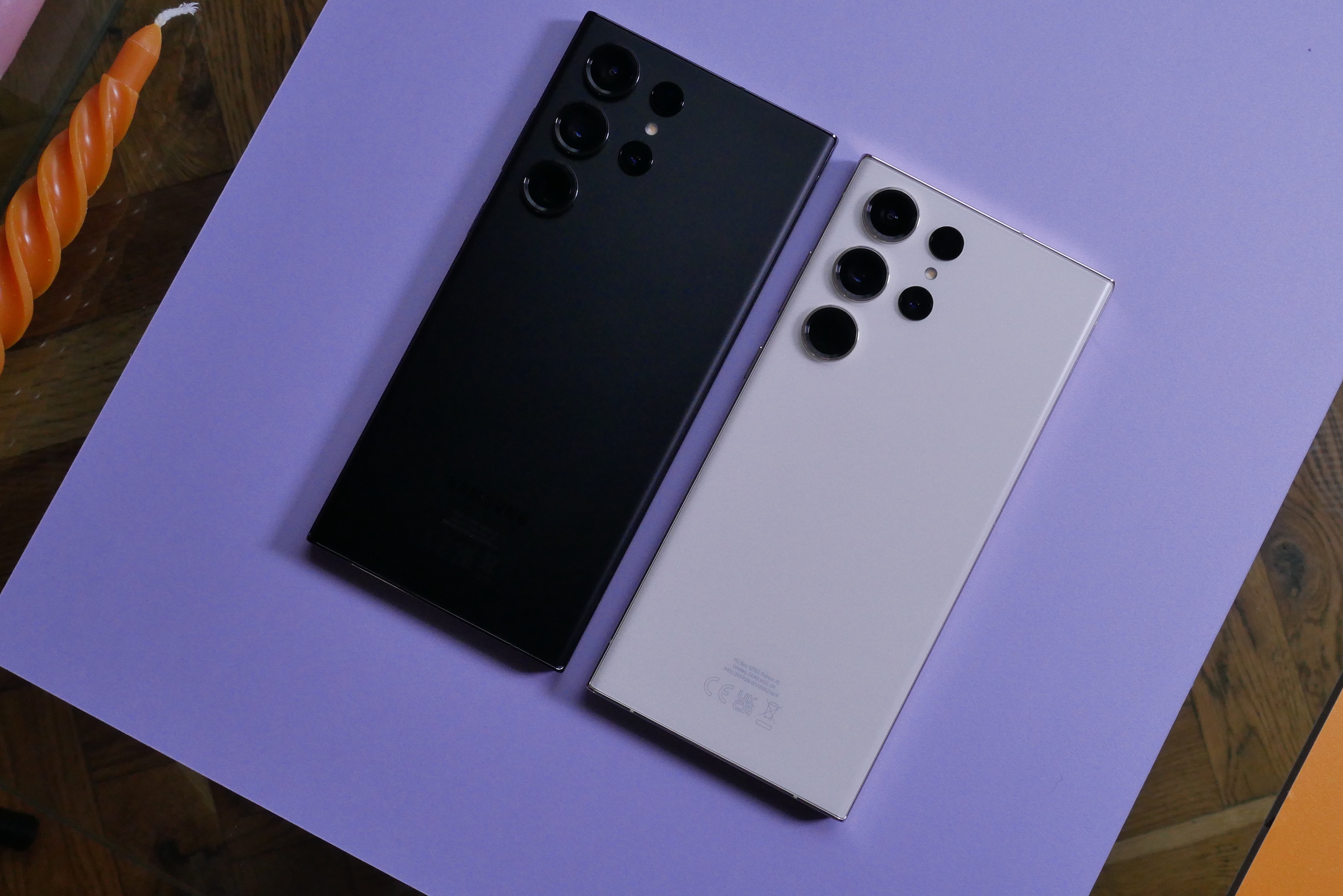Some Apple products are easier to disassemble than others. Some are also easier to fix than others. Apple even offers repair kits for some. But while the company may focus on the most visible products to the public, it kills the less important ones by saying that if something breaks in them, you can throw them away.
Before, everything could be repaired and very easily. For example, mobile phones were plastic and had a removable battery. Today we have a monolith, the opening of which requires special tools and the replacement of some component is impossible for a layman and tedious for an expert. This is also why all Apple service costs as much as they do (on the other hand, we have a certain degree of resistance and water resistance). But compared to other Apple products, iPhones are "golden" for repair.
It could be interest you

Ecology is a big thing
The impact of the production of technological giants on the environment is considerable. Most didn't care for a long time before Apple started to get really involved in this topic, even if it could upset customers. Of course, this refers to the removal of headphones and chargers from the packaging of iPhones. It goes without saying that this would-be green move has a hidden meaning in an effort to save on what is given to the customer in the product packaging for free, and what they could buy from him for additional money.

But it cannot be contradicted that by reducing the size of the box, more can fit on the pallet, and thus distribution is cheaper. Because then fewer airplanes will fly into the air and fewer cars will be on the roads, this saves the release of carbon dioxide into the atmosphere, and yes, it saves our atmosphere as well as the entire planet - we do not want to contradict that. Apple has numerous studies on this and other manufacturers have adopted this trend. But what we are pausing over is the repairability of some products.

It is broken? So throw it away
It is quite logical that anything containing a battery will need to be replaced after a while. Perhaps you are out of luck with such AirPods. If you simply leave after a year, two or three, you can throw them away. The design is iconic, the features are exemplary, the price is high, but the repairability is zero. Once someone takes them apart, they can't be put back together.
It could be interest you

Similarly, the first HomePod with a permanently attached power cable was the same. If your cat bit it, you could throw it away. In order to get to its insides, you had to cut through the mesh, so it was quite logical that the product could not be reassembled. HomePod 2nd generation solves many of the ailments of the first. The cable is now removable, as is the mesh, but it didn't help much. To get inside it is extremely difficult (see the video below). Design is a beautiful thing, but it should also be functional. So, on the one hand, Apple refers to ecology, while directly and consciously creating electronic waste, which is simply a problem.
Apple is not the only one who is trying to get involved in the environment. For example, Samsung is using more and more recycled materials in its Galaxy S line of smartphones. Gorrila Glass Victus 2 is 20% made from recycled materials, inside the Galaxy S23 Ultra you will find 12 components that were made from recycled fishing nets. Last year, there were only 6 of them. The packaging is made entirely of recycled paper.
 Adam Kos
Adam Kos
What happened to you that you have been writing differently for several months?